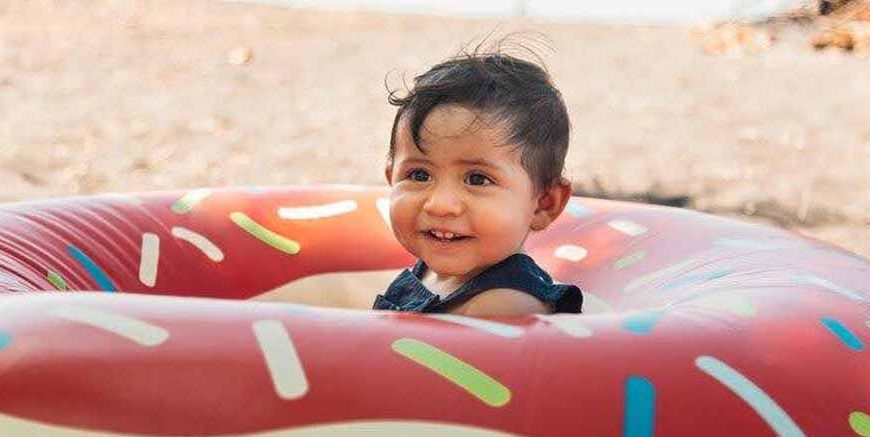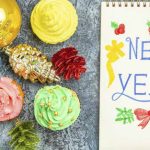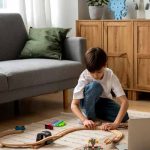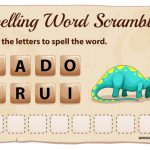As the mercury rises, keeping little ones happily occupied outside can be challenging. Toddlers have boundless energy to burn. However, their short attention spans make choosing the right activities key. The solution? Set up DIY water play zones.
Backyard splash pads, sprinklers, and sensory water bins provide endless summer entertainment. Interactive tools like squirt bottles, funnels and bath squirters inspire curiosity about cause and effect. Pouring from containers and transferring bathtub letters between tubs allows for early science exploration. Most importantly, it engages toddlers wholeheartedly so parents enjoy a momentary breath of relief!
Dripping tents, slippery slides, and spray grounds draw endless giggles and grins too. Physical movement skills develop as toddlers learn to balance while carrying sloshing buckets. Hand-eye coordination improves through directing spray bottle streams or squirting water guns. Rain Boot obstacle courses, sponge relays, and bubble chasing games inspire coordination and cardiovascular fitness. Just be sure to take frequent water breaks while playing on hot pavement.
Setting up DIY water play zones provides just the right mix of fun and learning for little ones ages 1-3 years old. Sensory and fine motor development happen naturally amidst all the splashing, squirting, pouring fun your backyard or neighborhood park has to offer. As temperatures climb, look forward to watching your toddler cool down while heating up their developmental milestones. Summertime diversion and developmental progress all in one? Score!
Backyard Water Oasis:
This summer, convert your outdoor space into a water wonderland for tiny tots by establishing different learning stations. Allow your toddler to choose which area they are most excited about each day. Rotate activities to keep their budding interest and skills growing.
Consider setting up a splash pad on the lawn with containers for pouring wet fun. Fill sensory tubs with textured floating objects to be transferred between bins. Make DIY sprinklers from the hose for them to giggle and dance through. Provide bubble wands and homemade solutions to encourage chasing and popping.
Toddlers learn through hands-on play and sensory stimulation. Provide an array of open-ended supplies across stations to fuel their innate creativity and curiosity. Then step back and observe where their imaginations lead. Should they decide to upend buckets onto the grass or transport pom poms through turf “rapids”, go with the flow! Support their innovations and developing capabilities emerge through child-directed water play.
Equipping little ones with engaging, challenging stations nurtures learning across developmental domains. Refrain from direct intervention and let them independently explore backyard water possibilities. By establishing a safe, well-stocked outdoor summer play space, their senses and skills will overflow. Consider setting up:
- Splash Pad :
- Sensory Bins :
- DIY Sprinklers :
- Bubble Play :
Protect a section of grass, dirt, or concrete by laying down a plastic splash pad, shower curtain, or tablecloth. Provide cups, water wheels, spray bottles, funnels, and buckets for pouring wet fun. Show toddlers how to transport water from one container to the next.
Fill large plastic tubs with a few inches of water and add scoops, strainers, bottles, and measuring cups. Then toss in textured items like rubber ducks, foam letters, shiny rocks, or floating ribbon. Allow toddlers to transfer items between bins and get hands-on experience with new textures.
Set up a sprinkler or puncture holes in a hose sprayer attachment. Encourage movement by letting toddlers run, jump, and dance through the droplets. Adjust the spray lower to the ground for little legs.
Fill wands with soapy homemade or store-bought solution. Show toddlers how to gently blow bubbles before chasing them around the yard. See if they can catch bubbles on their fingers, toes, or bellies!
Park & Playground Extensions:
Take water fun on the road! Look for playgrounds with splash pads, spray stations, or water pumps. Then supplement with additional hands-on water activities:
- Squirt Gun Obstacle Course :
- Soaky Sponge Relay Race :
- Rainbow WaterColors :
Use sidewalk chalk to draw zig-zag lines or shapes on pavement. Fill small squirt guns or spray bottles. Race from start to finish while squirting targets along the way.
Divide into teams with buckets placed 20 feet apart. Fill one bucket per team with water. Take turns soaking sponges, balancing them overhead to the next bucket, then squeezing water into empty buckets.
Bring clear cups along with eye droppers of liquid watercolor or food coloring. Show toddlers how to gently squeeze just a few drops in before swirling colors with paint brushes.
Guidelines for Safe Play:
While water play allows for learning through sensory exploration and motor development, keep these safety recommendations in mind:
- Directly supervise young toddlers near standing water like splash pads, pools, or water tables.
- Use sunscreen, light clothing, hats to avoid burns. Reapply sunblock often.
- Check water temperatures regularly to avoid extreme heat or chill.
- Pour out standing water when done to eliminate mosquito habitats.
- Remove shoes with wheels or cleats near slippery or muddy areas.
Age Appropriate Water Play:
Toddlers span an age range from 12 months to 3 years old. Developmentally they grow rapidly over a short time. Gear your expectations, toys, and games to your child’s individual age and skills:
1-2 Year Old Fun:
- Scoops, colanders, cups, and scrub brushes for transferring water
- Floating boats, balls, and plastic animals for retrieval
- Squirt bottles, turkey basters for beginner aim practice
- Sensory tubs with toys that sink or float
2-3 Year Old Suggestions:
- More complex pouring tools like funnels or pipettes
- Fishing poles with magnetic ends to catch floating fish
- Mesh bags for sorting & classifying floating vs. sinking items
- Races/relays carrying cups of water without spilling
When setting up toddler water play stations this summer, the most vital component is unstructured free play. Toddlers learn best through hands-on discovery and sensory exploration on their own terms.
Within safe boundaries, allow them independence to take the lead trying new toys and games without direct intervention. Refrain from structured activities with rigid rules. Instead observe them dreaming up how to use funnels, tubes, sprayers, and containers in their own way. Allow them to freely transfer bath letters between bins, float boats down a “river” in the mud kitchen, or mix up a bubble potion lab.
Safety remains paramount, so actively supervise play zones. But take cues from your toddler’s curiosity about whether they want to gently stir bubble wands or instead, dump out an entire bucket of water onto the sidewalk. Meet them where their creative play takes them – even if that means head to toe soaking!
Unfettered water play allows for cognitive, physical and emotional development simultaneously. So this summer, equip your toddler with an array of open-ended toys and tools. Then let their imagination run wild while splashing away the afternoon. With some setup inspiration and safety precautions, you’ll watch them build confidence trying new games while staying cool.
Get ready for plenty of freestyle fun in the sun! Allow your little one’s inner baby seal to emerge. I guarantee their delight playing on their own terms will give you unlimited joy. And perhaps inspire a few epic splash zones for the whole family to enjoy!
For more such interesting blogs, Visit EuroKids















